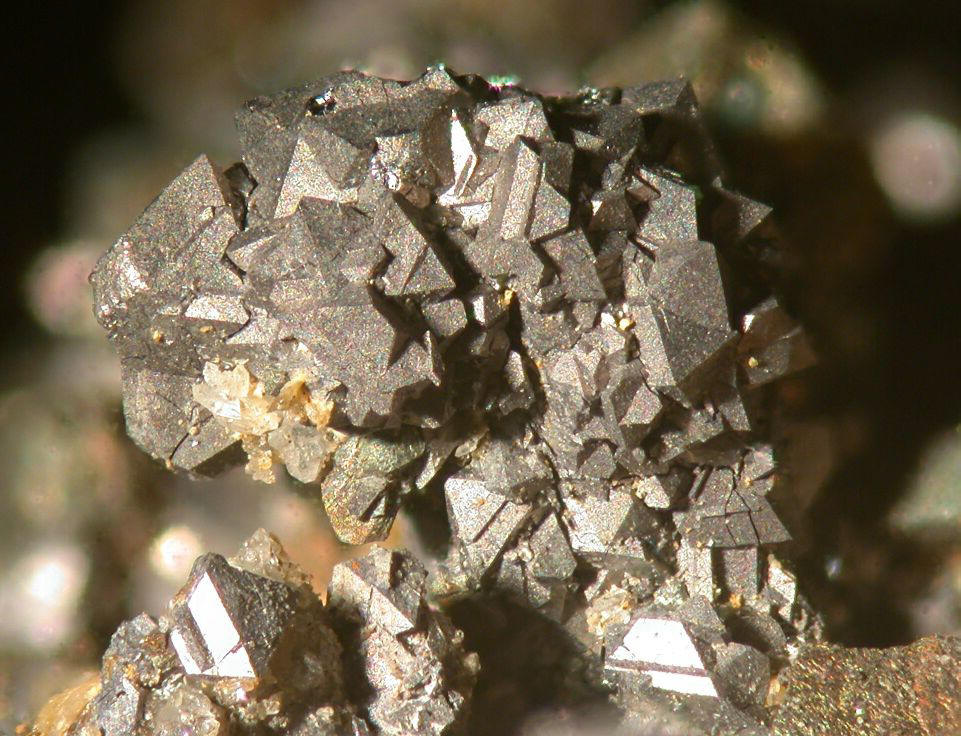Indonesia's low nickel price shakes the world as mining giant suffers double crisis

Influenced by Indonesia's low-cost nickel resources, global nickel prices have suffered a severe setback, resulting in about half of the global nickel mining operations being unprofitable. Numerous mineral companies have said that their profitability in the nickel industry has plummeted or even incurred losses due to Indonesia's influence, and that there is very limited hope for recovery in the foreseeable future.
Nickel, a key material in the manufacture of lithium batteries, is vital to advancing the global green energy transition. As the world's largest nickel producer, Indonesia currently contributes more than half of the world's nickel supply, and it is expected that this figure could increase to three quarters by 2030.
Typically, nickel is categorized into two types: regular nickel, which is used in the production of stainless steel, and high-purity nickel, which is used in the production of batteries. Indonesia's massive expansion of low-purity nickel production has led to an oversupply in the market. More critically, advances in refining technology have made it possible to convert this low-purity nickel into high-quality products.
The combination of slowing global economic growth and severe oversupply has led to a 45% drop in nickel prices over the past year, with nickel currently trading at around $17,000 per ton.
According to Macquarie Group, when nickel prices reach $18,000 per ton, 351 TP3T of production is in the red; this rises to 751 TP3T when prices fall to $15,000 per ton.
While commodity markets are typically subject to cyclical fluctuations, what the nickel industry is currently facing is a structural change that has upended previous forecasts and models.
Mineral giants are pessimistic about an improvement in the industry's outlook in the short term. For example, Duncan Wanblad, chief executive of Anglo American, noted that the structural challenges in the Indonesian nickel market are severe and that Indonesia appears to have no willingness to slow down production. Anglo American took a $500 million write-down on its nickel business last week.
Although BHP Billiton Group has been bullish on the growth potential of the nickel market in recent years, its nickel operations have been posting frequent losses, despite the company's annual profits of more than $30 billion. BHP Billiton's chief executive Mike Henry said the company could decide in the coming months whether to shut down its main nickel operation in Australia. The company has taken a $2.5 billion write-down on the operation and expects oversupply conditions in the nickel market to continue until at least 2030.
Canon, one of the world's leading nickel producers, has significant operations in both Canada and Australia. The company has terminated its nickel operations in New Caledonia. Gary Nagle, chief executive officer of Canon, predicted that nickel prices will remain subdued, stating, "We foresee continued production growth in Indonesia and do not expect a significant recovery in nickel prices in the short to medium term."

